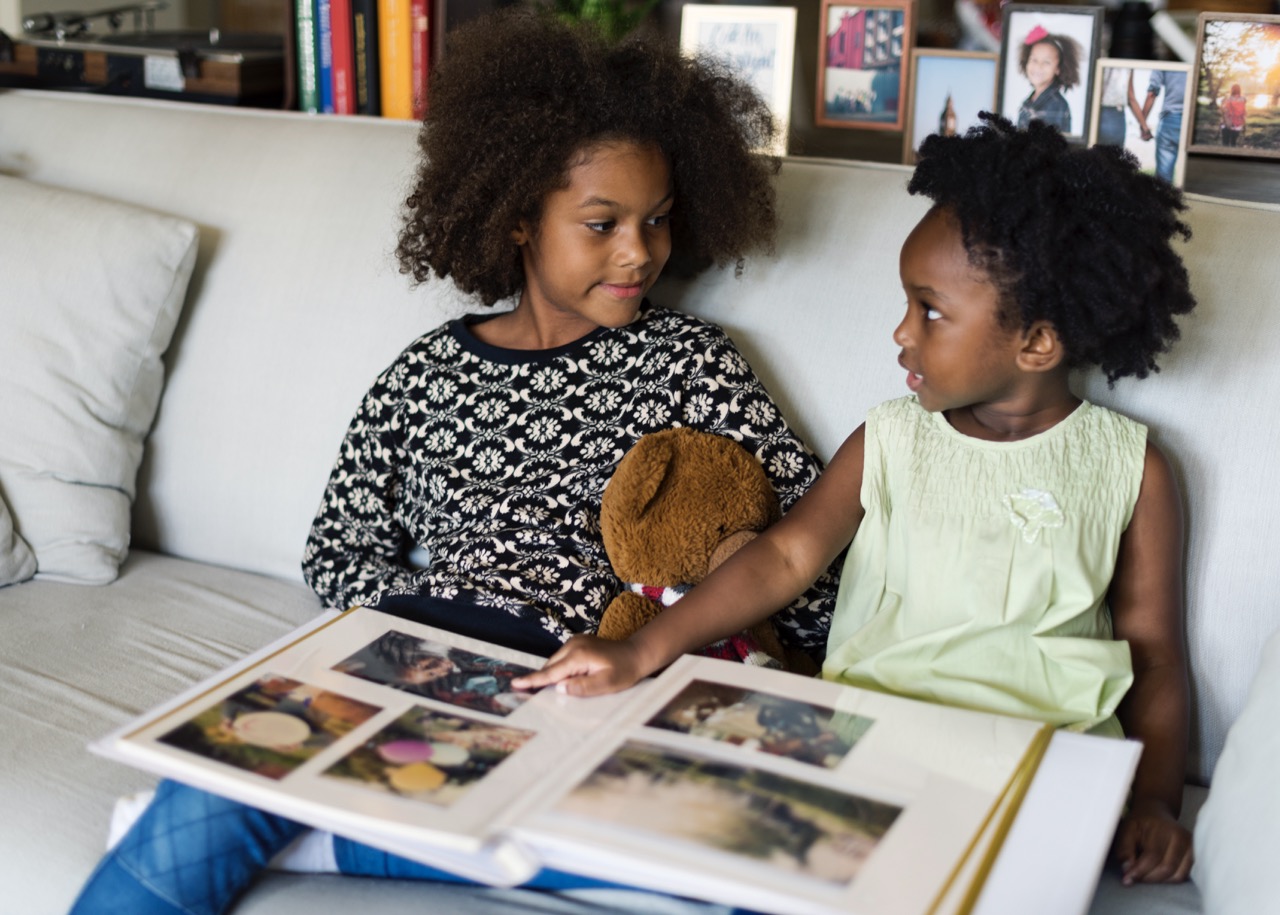In a world where distractions abound, helping children who struggle with attention issues find joy in reading can feel daunting. For many young readers, the allure of screens and fast-paced entertainment often overshadows the pleasures of a good book. However, creating an inviting and engaging reading experience is not only possible but can be incredibly rewarding. By understanding the unique challenges these children face and implementing strategic approaches, parents and educators can ignite a passion for reading that lasts a lifetime.
Understanding Attention Struggles in Young Readers
Attention struggles in young readers can manifest in various ways, from difficulty focusing on the text to becoming easily distracted by external stimuli. Conditions such as Attention Deficit Hyperactivity Disorder (ADHD) are common, but even children without a formal diagnosis can experience challenges when it comes to maintaining concentration. The key lies in recognizing that these struggles are not a reflection of a child’s intelligence or capability; rather, they highlight the need for tailored approaches to learning.
Understanding the specific triggers that lead to distraction is essential. For some children, lengthy paragraphs may feel overwhelming, while others might find it hard to concentrate in a noisy environment. By observing their reading habits, parents can identify patterns and tailor reading experiences to minimize frustration. Engaging children in conversations about what they find distracting can also empower them to express their needs and preferences, creating a collaborative approach to reading.
Equipping children with coping strategies can further enhance their reading experience. Techniques such as mindfulness exercises, short breaks during reading sessions, and the use of fidget tools can significantly improve focus. By acknowledging their struggles and providing them with the tools to navigate their attention challenges, caregivers can cultivate a supportive atmosphere that encourages reading without pressure.
Creating an Engaging Reading Environment at Home
An engaging reading environment can significantly influence a child’s ability to focus on texts. To create an inviting space, start by selecting a comfortable area free from distractions. This could involve designing a reading nook with cozy seating options, soft lighting, and limited noise. Reducing clutter and incorporating visual elements, such as colorful posters or themed decorations related to books, can also enhance the appeal of the space.
Incorporating a variety of reading materials can further enrich the environment. Mixing genres, including graphic novels, comics, and interactive books, can cater to different interests and attention spans. Providing access to audiobooks or read-aloud sessions can create a multi-sensory experience, making reading feel less like a chore and more like an adventure. Additionally, allowing children to have a say in their reading corner’s design fosters ownership and a sense of belonging in their literary journey.
Routine is vital for fostering a love of reading. Designating specific times for reading each day, whether during quiet afternoons or before bedtime, can help establish a comforting rhythm. Engaging in family reading sessions, where everyone participates in their chosen book, can create a shared experience that reinforces the joy of reading. By weaving reading naturally into daily life, caregivers can instill a sense of normalcy and excitement around books.
Incorporating Interactive Activities to Boost Focus
To combat attention struggles, incorporating interactive activities can serve as an effective strategy to make reading more engaging. Tactile activities such as word games, puzzles, or even arts and crafts related to a book can create a hands-on approach that captures children’s interest. For instance, after reading a story, caregivers can encourage kids to draw a scene or act out a character, helping to solidify their understanding and enjoyment of the material.
Utilizing props, such as puppets or themed costumes, can also make reading sessions more dynamic. Encouraging children to participate in storytelling by using these props can stimulate their imagination and keep them engaged. Additionally, games like "character charades" or "story reenactments" can turn reading into a lively, interactive experience where children become active participants in the narrative rather than passive observers.
Pairing reading with movement can further enhance focus. Activities such as scavenger hunts where children find objects related to a story or reading in different locations of the house can introduce an element of excitement. These interactive experiences not only make reading enjoyable but also reinforce comprehension by allowing children to connect physical activities with the stories they explore.
Choosing the Right Books for Attention-Challenged Kids
Selecting the right books is crucial for maintaining the interest of children with attention difficulties. Shorter texts, such as picture books or chapter books with concise chapters, can be less overwhelming and more manageable for young readers. Stories that incorporate humor, action, and relatable characters often hold children’s attention longer, making them more likely to stay engaged throughout the reading process.
In addition, incorporating diverse genres and formats can cater to varied interests. For instance, graphic novels leverage visual storytelling to captivate readers who may struggle with traditional texts. The combination of illustrations and dialogue can provide a more stimulating experience that encourages children to immerse themselves in the narrative. Parents should also consider their child’s hobbies or favorite shows when selecting reading material, as this personal connection can foster enthusiasm towards reading.
Introducing themed reading lists that revolve around a child’s interests can also be beneficial. Whether it’s dinosaurs, space adventures, or fairy tales, curating a selection of books that align with their passions serves to pique curiosity and increase motivation. Making regular trips to the library or bookstore can introduce children to new titles and genres, allowing them to take ownership of their reading choices and build excitement around the experience.
Utilizing Technology to Enhance Reading Enjoyment
In our tech-driven world, leveraging technology can enhance the reading experience for children who struggle with attention. E-readers and tablets offer features like adjustable font sizes, background colors, and integrated dictionaries that can help address specific reading challenges. The ability to highlight text or take notes directly can also aid comprehension and retention, making reading feel more interactive and less daunting.
Audiobooks present another innovative way to engage reluctant readers. Listening to a story while following along in a physical copy can foster a deeper understanding and appreciation for the text. Many platforms offer entertaining narrations that bring stories to life, helping children visualize the plot and characters more vividly. This multisensory experience can be particularly helpful for attention-challenged kids, allowing them to absorb the narrative in a manner that feels less demanding.
Interactive reading apps and games designed to promote literacy can also be effective. These platforms often incorporate gamification elements, such as rewards and challenges, that motivate children to engage with texts. By merging traditional reading with technology, caregivers can create a more stimulating environment that encourages children to explore literature in a fun and modern way.
Building a Reading Routine to Foster Consistency
Creating a consistent reading routine is essential in nurturing a love for books among children with attention struggles. Establishing a designated reading time each day can help instill a sense of expectation and normalcy. Whether it’s reading before bed, during quiet afternoons, or after school, consistency can reinforce the importance of reading as a daily activity.
Involving children in the decision about when and how long to read can also encourage a sense of ownership. By allowing them to choose reading times that work best for them, caregivers can help cultivate a positive association with reading. Experimenting with varied durations, from short 10-minute sessions to longer 30-minute blocks, can help identify a comfortable rhythm that keeps kids engaged without feeling overwhelmed.
Lastly, celebrating reading milestones can foster motivation and progress. Whether it’s completing a book or finishing a series, recognizing achievements and providing positive reinforcement can build confidence in their reading abilities. Creating a reward system or a reading chart can visually track progress and encourage children to set personal goals. By establishing a structured yet flexible reading routine, caregivers can cultivate a lifelong passion for literature in their young readers.
In conclusion, making reading fun for kids who struggle with attention requires thoughtful strategies and an understanding of their unique challenges. By creating an engaging environment, incorporating interactive activities, and selecting the right materials, caregivers can transform reading into a rewarding experience. Utilizing technology and building a consistent routine further enhances these efforts, emphasizing that reading is not just a task but an enjoyable journey. With patience and creativity, we can empower children to embrace the world of books, unlocking their imaginations and nurturing a lifelong love for reading.










